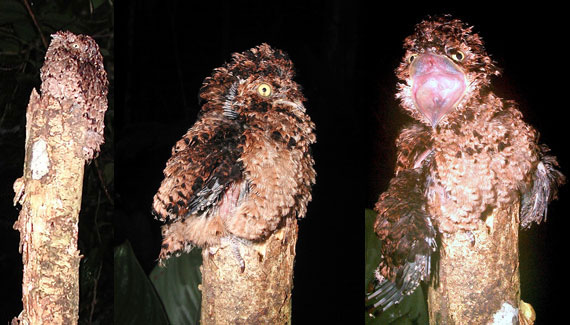The far-carrying call of the Cuckoo-Roller is surely one of the most evocative and memorable sounds of Madagascar. The distinctive Cuckoo-Roller comprises an endemic family all its own, just one of several bird families restricted only to Madagascar. (Listen to a cut recorded by guide Megan Crewe on one of our recent tours.)

We should see—and hear—it on our upcoming Madagascar tour, which is designed to give us an excellent chance of finding representatives from all five (or six) of the families of birds found only here and on the nearby Comoros, and of seeing 110 or more of the 250 endemics on the island. In addition to the birds we should see a dozen or more species of lemurs, including the nearly all-white sifakas and the tiny mouse lemurs, smallest of all primates. And this year we’ve added something new to the tour, a pre-trip to the Masoala peninsula.

Masoala is that part of the country on the northeast corner that juts down into the Indian Ocean (click here to see our map). Masoala supports the largest area of rainforest surviving in Madagascar, and with the creation in the 1990’s of the huge Masoala National Park, it has become one of Madagascar’s top conservation priorities. As you might have guessed, because of their isolation, the forests of Masoala hold many endemic species—among the most desired of them in the bird world is surely the amazing Helmet Vanga, a large blue-black bird with rufous wings and a huge arched blue bill (the only member of the genus Euryceros). But there are other reasons as well to go there—the rare Bernier’s Vanga, the Short-legged Ground-Roller, Madagascar Serpent-Eagle, and Madagascar Red and Madagascar Long-eared owls, as well as some spectacular lemurs and chameleons we won’t see elsewhere on the tour.

Visiting the Masoala peninsula used to be something of an ordeal, mainly because the only available places to stay on the peninsula were quite basic. But with the opening of several new ecotourism lodges with comfortable accommodations, guide Phil Gregory decided this year to add it to our regular tour as an optional pre-trip.
Dates for 2011 are November 8-December 4, with the Masoala pre-trip from November 4. Visit our Madagascar tour page for full details, including our itinerary.










.jpg)














